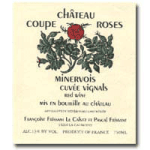 I was channeling Disney and Belle a couple of weeks ago. Today I envision a Greek god named Minervois. Except the name "Minervois", a small sub-region of the Languedoc in France, actually comes from the village of Minerve. Who knew? Because when I re-tasted an old favorite from this area, I wasn't just pleased with the result, it was a near-spiritual experience - for just $13 (retail).
Backing up a touch, Minervois offers the world reasonably priced reds typically comprised of Grenache, Syrah and Mouvedre, perhaps with some Carignan or Cinsault mixed in for good measure. It depends. It's an experimental part of the world down there. Some wines are purely easy quaffing selections. But others are quite memorable. Typically the latter come from low-yield vines (remember, this means concentrated fruit flavors) in the rocky hills above the plateau.
I was channeling Disney and Belle a couple of weeks ago. Today I envision a Greek god named Minervois. Except the name "Minervois", a small sub-region of the Languedoc in France, actually comes from the village of Minerve. Who knew? Because when I re-tasted an old favorite from this area, I wasn't just pleased with the result, it was a near-spiritual experience - for just $13 (retail).
Backing up a touch, Minervois offers the world reasonably priced reds typically comprised of Grenache, Syrah and Mouvedre, perhaps with some Carignan or Cinsault mixed in for good measure. It depends. It's an experimental part of the world down there. Some wines are purely easy quaffing selections. But others are quite memorable. Typically the latter come from low-yield vines (remember, this means concentrated fruit flavors) in the rocky hills above the plateau.
The 2006 vintage of Chateau Coupes Roses Minervois La Bastide was a wine I first tasted nearly two years ago. I remember it having very floral notes and a tannic structure. It was very good, but it needed either food or a few breaths of fresh air to come alive and loosen up a bit. Perhaps both. Several weeks ago I happened to retaste this same vintage. Holy canolies. The extra bottle time served this wine well! If you can get your hand on a bottle (or several) I highly recommend it because it is tasting out beautifully right now. I saw the imaginary god Minervois, I'm not kidding.
To paint you a clearer picture, the Bastide is comprised of Grenache and Carignan with a touch of sultry Syrah. Today I find those same enticing floral aromatics from two years ago, with violets and juniper coming through most clearly. Tasting it is also like taking a dip in my spice rack! Sage and marjoram flow on the palate, with accents of resin and other earthy notes chiming in. It's the lush, fleshy- smooth, velvety blanket of black raspberry, plum and strawberry fruit that leaves you breathless, however. The wine finishes with mouthwatering acidity, like a little wave washing onto the shore.
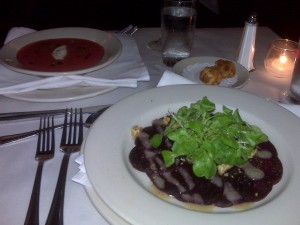 Imagine my delight when I popped over to Aquitaine in the South End last week and discovered this wine is available by the glass. It really is a savory wonder, absolutely delightful on its own and, of course, a good match for their beet salad, steak, lamb or chicken dishes. If you think you'll have more than one glass (and I suspect any wine-sipping citizen might), just treat yourself to the bottle!
Imagine my delight when I popped over to Aquitaine in the South End last week and discovered this wine is available by the glass. It really is a savory wonder, absolutely delightful on its own and, of course, a good match for their beet salad, steak, lamb or chicken dishes. If you think you'll have more than one glass (and I suspect any wine-sipping citizen might), just treat yourself to the bottle!
Do you enjoy Minervois? What selections are in your "cellar"?


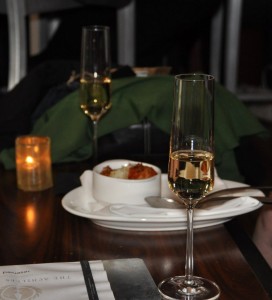 Folks have been coming by the shop with great gusto for warmer temps; and they have been seeking out red wines for the occasion! No, we're not just talking about "BBQ wines". We're talking about wines to sip and enjoy with or without a meal while you sit on your porch watching the sun go down.
Today I'm going to share some lesser known varietals or unique regional offerings (hybrids or blends) perfect for just such an occasion. Your mission, should you choose to accept it, is taking this list (or a modified version, as you see fit) to your local shop to see which offerings they have on offer. These are some cool wines to keep your summer fresh - but they aren't necessarily available at every shop. They are, no less, worth seeking out.
Folks have been coming by the shop with great gusto for warmer temps; and they have been seeking out red wines for the occasion! No, we're not just talking about "BBQ wines". We're talking about wines to sip and enjoy with or without a meal while you sit on your porch watching the sun go down.
Today I'm going to share some lesser known varietals or unique regional offerings (hybrids or blends) perfect for just such an occasion. Your mission, should you choose to accept it, is taking this list (or a modified version, as you see fit) to your local shop to see which offerings they have on offer. These are some cool wines to keep your summer fresh - but they aren't necessarily available at every shop. They are, no less, worth seeking out.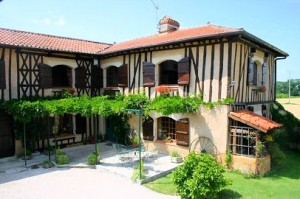 Every time a wine from Gascony, France comes across the tasting table, Disney's Beauty and the Beast comes to mind. I have no idea why. I've never even been to
Every time a wine from Gascony, France comes across the tasting table, Disney's Beauty and the Beast comes to mind. I have no idea why. I've never even been to  Ok. Bad joke. (I can't take full credit as one of my best friends, fellow foodie and wine lover actually fed it to me.) What can I say? Sometimes a little levity is needed!And it was Cinco de Mayo yesterday....
Ok. Bad joke. (I can't take full credit as one of my best friends, fellow foodie and wine lover actually fed it to me.) What can I say? Sometimes a little levity is needed!And it was Cinco de Mayo yesterday....
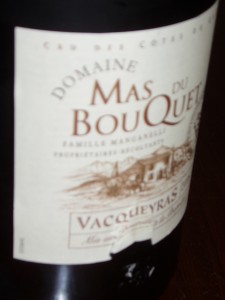 We've had a lovely bender of 80 degree temps here in Beantown. Love it. My soul is being nourished with Vitamin D, my grill is getting some much needed TLC, and I have an "excuse" to drink red wines even when it is warm out.
This week I brought home a bottle of one of my all time favorite wines:
We've had a lovely bender of 80 degree temps here in Beantown. Love it. My soul is being nourished with Vitamin D, my grill is getting some much needed TLC, and I have an "excuse" to drink red wines even when it is warm out.
This week I brought home a bottle of one of my all time favorite wines: 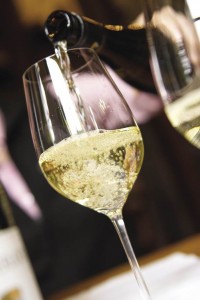 With Dornfelder now under our belts and the trees about to budbreak, what could be more natural than musing a bit on a somewhat random, German, hybrid, white varietal? Scheurebe! It's fun to say (shoe-ray-bay) and even more fun to drink!
A couple of weeks ago I was inspired to bring home a bottle of the 2007
With Dornfelder now under our belts and the trees about to budbreak, what could be more natural than musing a bit on a somewhat random, German, hybrid, white varietal? Scheurebe! It's fun to say (shoe-ray-bay) and even more fun to drink!
A couple of weeks ago I was inspired to bring home a bottle of the 2007  I quite enjoy reading whatever "varietal character" Appellation America comes up with for various grapes. Sometimes I agree with their take and sometimes I don't; (their impression is America-centric, so often the grape varietals I differ about show different characteristics when left in the Old Country, where I'm more often sipping). But they are always pretty darn entertaining. Enter Dornfelder, described by
I quite enjoy reading whatever "varietal character" Appellation America comes up with for various grapes. Sometimes I agree with their take and sometimes I don't; (their impression is America-centric, so often the grape varietals I differ about show different characteristics when left in the Old Country, where I'm more often sipping). But they are always pretty darn entertaining. Enter Dornfelder, described by 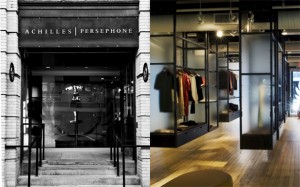
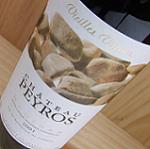 Have you discovered a few (more) gray hairs? Have you convinced yourself laugh lines are endearing or add character to your face? For a girl who decided years ago her freckles are really lucky spots (I do have the luck of the Irish, afterall), it makes sense I'm all about an optimistic outlook when it comes to (signs of) aging. Of course, I do my part to stay ahead of the curve: I eat healthfully, exercise regularly, take my vitamins,
Have you discovered a few (more) gray hairs? Have you convinced yourself laugh lines are endearing or add character to your face? For a girl who decided years ago her freckles are really lucky spots (I do have the luck of the Irish, afterall), it makes sense I'm all about an optimistic outlook when it comes to (signs of) aging. Of course, I do my part to stay ahead of the curve: I eat healthfully, exercise regularly, take my vitamins, 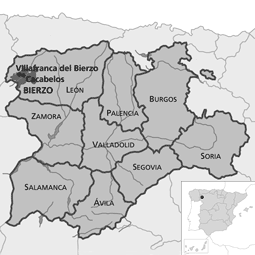 Were you nerdy about wine in 2006? If so, you probably read a few
Were you nerdy about wine in 2006? If so, you probably read a few